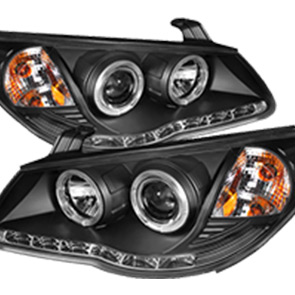throttle cable control
Understanding Throttle Cable Control A Comprehensive Overview
Throttle cable control is a vital component in the functioning of various vehicles, particularly in the automotive and boating industries. This system plays a crucial role in regulating the engine's power output, ultimately determining the speed and performance of the vehicle. Understanding how throttle cable control works, its components, and its importance in vehicle operation can help both enthusiasts and everyday drivers appreciate the nuances of vehicle dynamics.
At its core, throttle cable control is a mechanical linkage that connects the accelerator pedal to the throttle valve in the engine. When the driver presses the accelerator pedal, the movement is transferred through the throttle cable, which then opens the throttle valve. This allows more air and fuel to enter the engine, increasing its power output. The simplicity of this mechanical system contrasts with modern electronic throttle control systems, but both serve the same essential purpose.
One of the primary components of throttle cable control is the throttle cable itself. Typically composed of a durable yet flexible material, the throttle cable must withstand high temperatures and mechanical wear while maintaining its tensile strength. The cable runs from the accelerator pedal, often housed within a protective sheath to prevent damage and friction. It is crucial for the throttle cable to have minimal slack to ensure precise control over the throttle valve and, consequently, the engine's performance.
In addition to the throttle cable, several other components are integral to the functioning of this system. The throttle body, where the throttle valve resides, plays a significant role in controlling the airflow into the engine. When the throttle valve opens, it creates a vacuum that draws in air, while the fuel injectors provide the necessary fuel for combustion. The synchronization of these components is essential for the vehicle to run smoothly and efficiently.
throttle cable control

One of the advantages of throttle cable control systems is their simplicity. Due to fewer electronic components, they are generally easier and cheaper to repair and replace than electronic throttle control systems. Additionally, many drivers appreciate the tactile feedback that a mechanical throttle provides. The feeling of a direct connection between the accelerator pedal and the engine can enhance the driving experience, particularly for performance enthusiasts who favor a more engaged and responsive ride.
However, like any mechanical system, throttle cable control can face its challenges. Over time, the throttle cable may experience wear and tear, leading to issues such as fraying, sticking, or breaking. Drivers may notice symptoms like unresponsive acceleration or difficulty in returning the pedal to its idle position. Regular maintenance, including inspection and lubrication of the cable and its components, is necessary to prevent these issues and ensure smooth operation.
In contrast to throttle cable systems, modern vehicles increasingly implement electronic throttle control mechanisms. These systems use sensors and computer algorithms to determine how much throttle to apply based on various factors, such as engine load, speed, and driver input. While this technology enhances fuel efficiency and emissions control, some driving enthusiasts argue that it lacks the direct connection and feedback provided by a traditional throttle cable.
In conclusion, throttle cable control remains a fundamental system in many vehicles, valued for its mechanical simplicity and direct driver engagement. Understanding the components and operation of this system can empower drivers to maintain their vehicles effectively and appreciate the intricacies of automotive engineering. Whether you are driving a classic car with a throttle cable or a modern vehicle with advanced electronic systems, the principles governing the control of engine power output are indispensable in the world of transportation. Whether for efficiency, performance, or maintenance, knowledge about throttle cable control is undeniably valuable to both vehicle owners and enthusiasts alike.
-
Workings of Clutch Pipe and Hose SystemsNewsJun.04,2025
-
The Inner Workings of Hand Brake Cable SystemsNewsJun.04,2025
-
The Secrets of Throttle and Accelerator CablesNewsJun.04,2025
-
The Hidden Lifeline of Your Transmission Gear Shift CablesNewsJun.04,2025
-
Demystifying Gear Cables and Shift LinkagesNewsJun.04,2025
-
Decoding Clutch Line Systems A Comprehensive GuideNewsJun.04,2025
